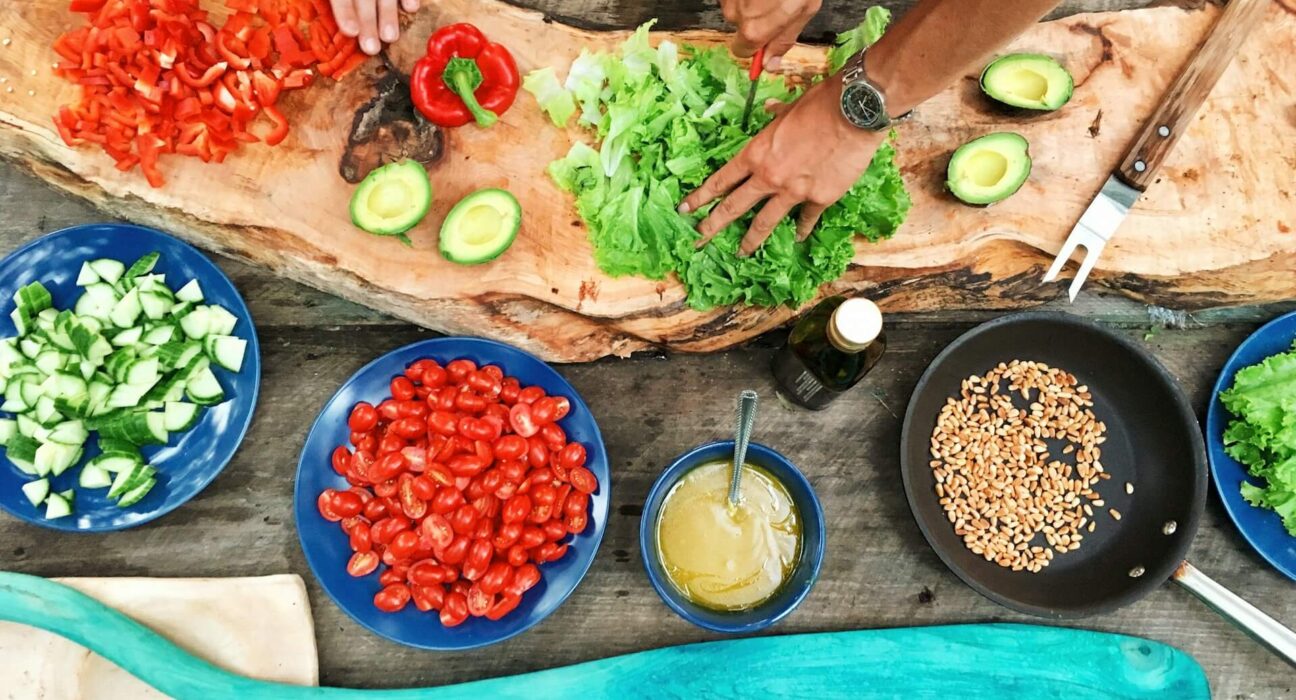In a culinary landscape that’s increasingly dominated by avant-garde techniques, meticulously staged plating, and exotic ingredients, there’s something inherently satisfying about mastering the classics. Delving into the roots of cooking where simplicity and attention to detail reign supreme, understanding and executing basic recipes can be the foundational step for any aspiring home chef. In this comprehensive guide, we’ll walk through essential techniques and details that will allow you not only to cook these classic dishes but to truly master them, ensuring consistent and exceptional results every time.
Understanding the Essence of the Classics
Classic recipes are the bedrock of culinary heritage. These dishes have stood the test of time, transcending fads and trends, and have earned their place on the menus of both home kitchens and Michelin-starred restaurants. From the humble roast chicken and comforting spaghetti, carbonara to the subtle complexities of a good beef bourguignon, the spectrum of classics is vast and varied.
At the core of mastering these dishes is understanding their essence. This starts with appreciating the purpose of each ingredient and each step of the process. Classic recipes often rely on simple, high-quality components that are treated with care to draw out the best flavors and textures. They teach patience and attention virtues that any serious cook must cultivate.
The Science of Cooking
Cooking is not only an art but also a science. To truly master classic recipes, it’s vital to understand the chemical and physical processes that transform ingredients into a meal. For instance, the Maillard reaction, which is responsible for browning and imparting complex flavor profiles, underlines the importance of searing meat and roasting to achieve the desired taste.
Mastering the science of cooking also involves learning about the properties of different cooking mediums, such as fats and acids, and how they interact with food. The impact of heat control, timing, and utensil selection on dishes cannot be overstated. This knowledge will serve as a guide as you approach classic recipes with precision and insight.
Tools of the Trade
Every chef is only as good as their tools. When it comes to classic recipes, the right equipment is crucial in executing dishes to perfection. While high-tech gadgets are not necessary for many classic recipes, investing in quality basics can make a significant difference in the outcome.
Knives are the most critical tools in any kitchen and must be kept sharp. A set of good-quality pots and pans, a reliable thermometer, and a sturdy cutting board are other must-haves. The right tools not only make cooking more efficient but also safer, allowing for more control and accuracy during the cooking process.
Ingredient Quality Matters
One of the reasons classic recipes stand the test of time is their reliance on quality ingredients. When each component is allowed to shine, the sum of these parts can create something magical. When shopping for classic recipe ingredients, look for the freshest produce, the best cuts of meat, and ingredients that are in season whenever possible.
Understanding the difference between various types of produce, cuts of meat, and the effects of sourcing on flavor is vital. For instance, using in-season tomatoes for a caprese salad will yield far superior results than out-of-season produce. Equally essential is storing ingredients correctly to maintain their quality and flavor until they’re used.
Mastering the Techniques
Common techniques such as sautéing, braising, poaching, and grilling are often employed in classic recipes. Each method requires a different approach, but all share the need for patience and attention to detail. For example, when sautéing, it’s crucial to keep the heat high enough to create browning but not so high that you burn the food. When braising, the slow, low heat ensures tough cuts of meat become tender and flavorful.
To master these techniques, practice is key. Start by focusing on one technique at a time, mastering it before moving on to the next. This will not only improve your cooking but also help you appreciate the nuances of each method.
The Fine Art of Sourcing
Part of nailing classic recipes is in the sourcing of ingredients. Many classic dishes have a regional or cultural heritage that dictates the types of ingredients used. Understanding these culinary traditions and seeking out authentic, traditional ingredients is a way of paying homage to the recipe’s origin and ensuring the best possible flavor profile.
For example, to make a truly authentic risotto, sourcing the correct type of rice, such as Arborio, Carnaroli, or Vialone Nano, is essential. Similarly, using San Marzano tomatoes for a marinara sauce brings a uniquely rich and sweet flavor that can’t easily be replicated with other varieties.
The Role of Timing and Preparation
Timing and preparation are often the unsung heroes of a well-executed dish. Mise en place, the practice of preparing all ingredients and tools before starting to cook, ensures that everything is ready when needed, preventing potential disasters or frantic last-minute searches for overlooked components.
Understanding the timing of each step is also crucial. For instance, in a classic risotto, you need to add the stock gradually, allowing the rice to absorb it slowly, which creates the creaminess that is characteristic of the dish. Too fast, and you have a soup; too slow, and the rice becomes overcooked and mushy.
Tasting and Adjusting
The final key to mastering classic recipes is tasting and adjusting as you go. The best chefs taste their food at every stage, adjusting seasoning, balance, and consistency along the way. This iterative process of tasting and adjusting not only ensures that the dish doesn’t stray from the intended flavor but also that the chef remains in control of the final product.
Adding a pinch of salt to balance the acidity of a tomato sauce or a splash of vinegar to add brightness to a stew are adjustments that can transform a good dish into a great one. Develop your palate by being mindful of how different ingredients and seasonings interact, and trust your senses to guide you.
Conclusion
Mastering classic recipes is a process that can take a lifetime, but it’s a rewarding endeavor that enhances your skills and deepens your connection to the food you prepare. By understanding the essence of these dishes, honing your technique, sourcing quality ingredients, and being mindful of the science and timing of cooking, you’ll be well on your way to creating classic dishes with confidence and finesse.
Remember, perfection is not the goal; progress and the joy of cooking are what truly matter. Keep experimenting, keep learning, and keep the passion for cooking alive. There’s always another layer of flavor to discover, another seasoning to try, and another technique to master. Happy cooking!
By producing this detailed and engaging guide to mastering back-to-basics cooking, readers will have a valuable resource to refer to as they refine their culinary skills. The post provides pragmatic advice and highlights the artistry and integrity that goes into every classic recipe, enriching the cooking experience for novices and seasoned home chefs alike.







